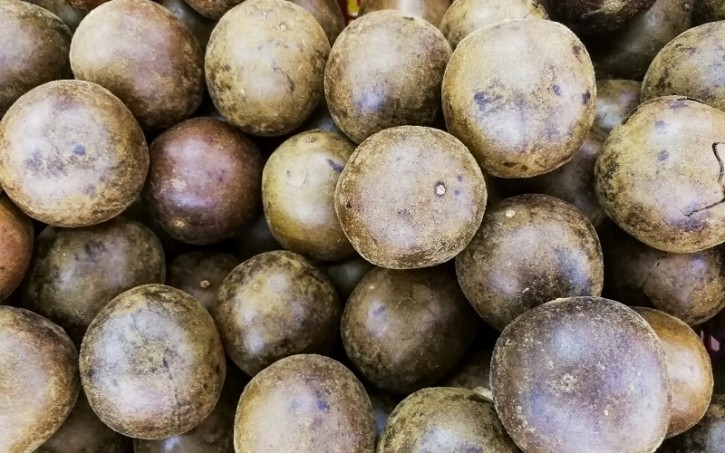Monk Fruit Corp.’s GM discusses sweetener’s rise, how it taps into current consumer trends

"There's just been this continual push from consumers, from regulators and from food and beverage companies to find ways to reduce sugar without having to go to artificial ingredients. So really, there's been two forces acting together, which has been: let's bring the sugar down, but let's also look for clean label, more natural ingredients, [and] more transparency about ingredients.”
Monk fruit’s popularity rises with better-for-you, natural trends
Since Monk Fruit Corp. launched in 2004, FDA responded with a no objections letter to the ingredient's first Generally Recognized As Safe (GRAS) notice in 2010, Thorrold noted. While monk fruit has been widely used in China for hundreds of years, the fruit is now finding a wider audience in the US and becoming a popular natural sweetener propelled by natural and better-for-you trends and demand for lower-sugar and -calorie products, he explained.
The global monk fruit ingredient market is expected to grow at a compound annual growth rate of 4.7% from $169.1m in 2022 to $267.8m by 2032, according to Future Market Insights.
The application for monk fruit is "really across the board" and includes everything from yogurts, beverages, supplements, confections, and more, Thorrold said, adding since "monk fruit has a slightly pleasant lingering sweetness," it can help mask some bitter flavor, including plant-based protein products.
While monk fruit is typically more expensive than other natural sweeteners, "it has a better taste profile" and doesn't have the same aftertaste as stevia, he said. Additionally, consumers can more easily understand what monk fruit is and how it's created, either as an extract or juice concentrate, as opposed to ingredients like erythritol, which have a more complicated production process, he added.
Similar to stevia, monk fruit can be used as a flavor modifier at lower doses, where “it's not really adding sweetness, but it's just helping to boost some flavors or round out some flavors,” Thorrold said. “It adds to the value that monk fruit brings."
Addressing supply chain volatility
Monk fruit has “some volatility ... both in terms of demand and in terms of supply,” Thorrold said. Volatility can come from the number of seedlings planted to weather impacting the harvesting of monk fruit, he added.
“The volatility comes from pricing, so if the price is high one year, there's tend to be a lot of supply the next year. It has got that typical small crop cycle of the farmers reacting to higher prices,” he said. “For the 2022 harvest, we were affected by that very severe drought in China ... and the yields were down quite significantly. This year. in 2023, it's a more normal growing season, and there's going to be a surplus of fruit this year most likely.”
To counteract some of this volatility, Monk Fruit Corp. is working closely with more than 1,000 monk fruit farmers in China to ensure they’re maximizing productivity. The company aims to bring “improvements across the board at the agronomic level,” including providing new plant varieties, training farmers, or bringing in new orchard techniques.
“What we've been doing over the last few years is building that production capacity and supply capacity. So that we've got the necessary infrastructure in place to continue to supply the market as it continues to grow. So, we're looking forward to the next few years with a lot of optimism.”


